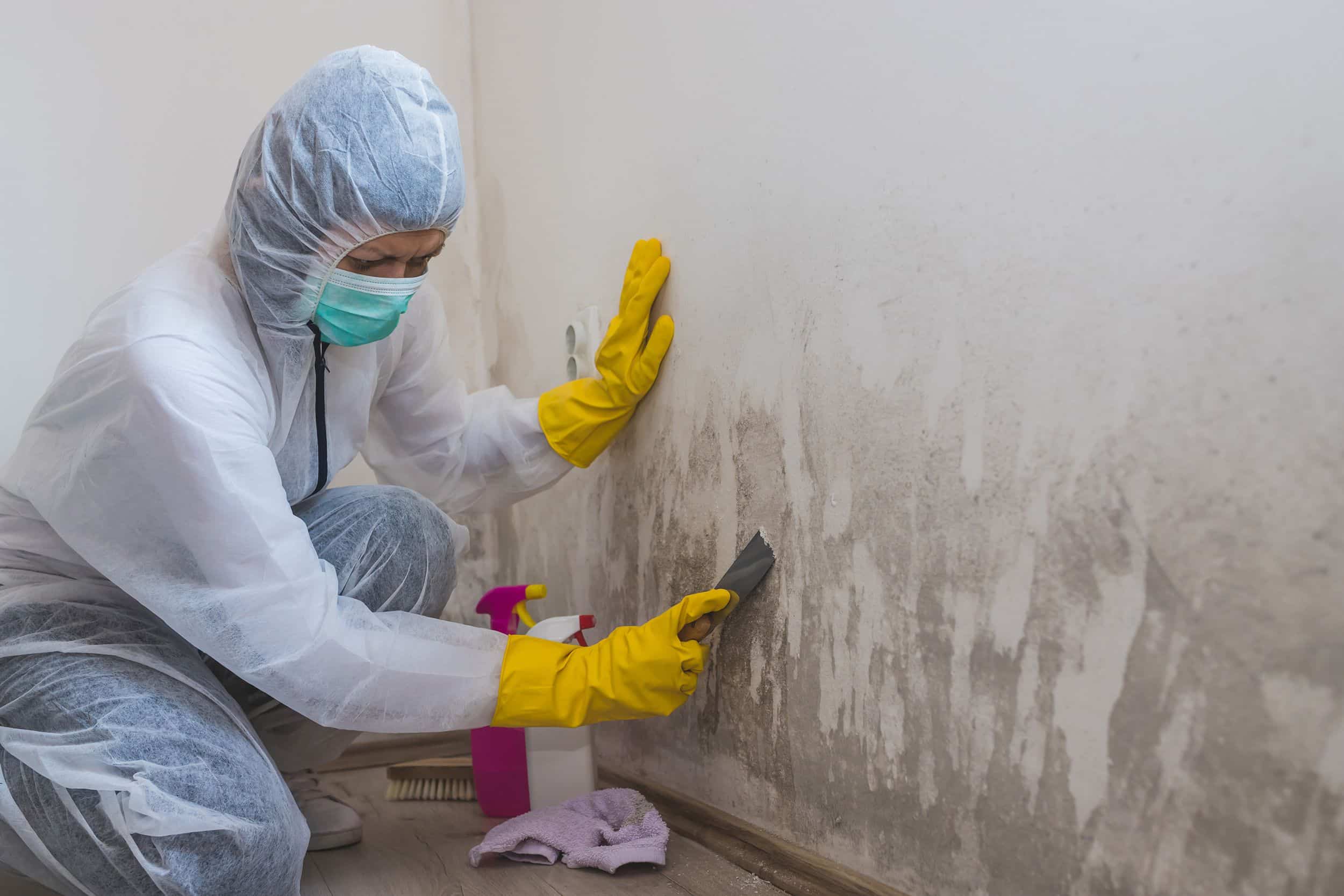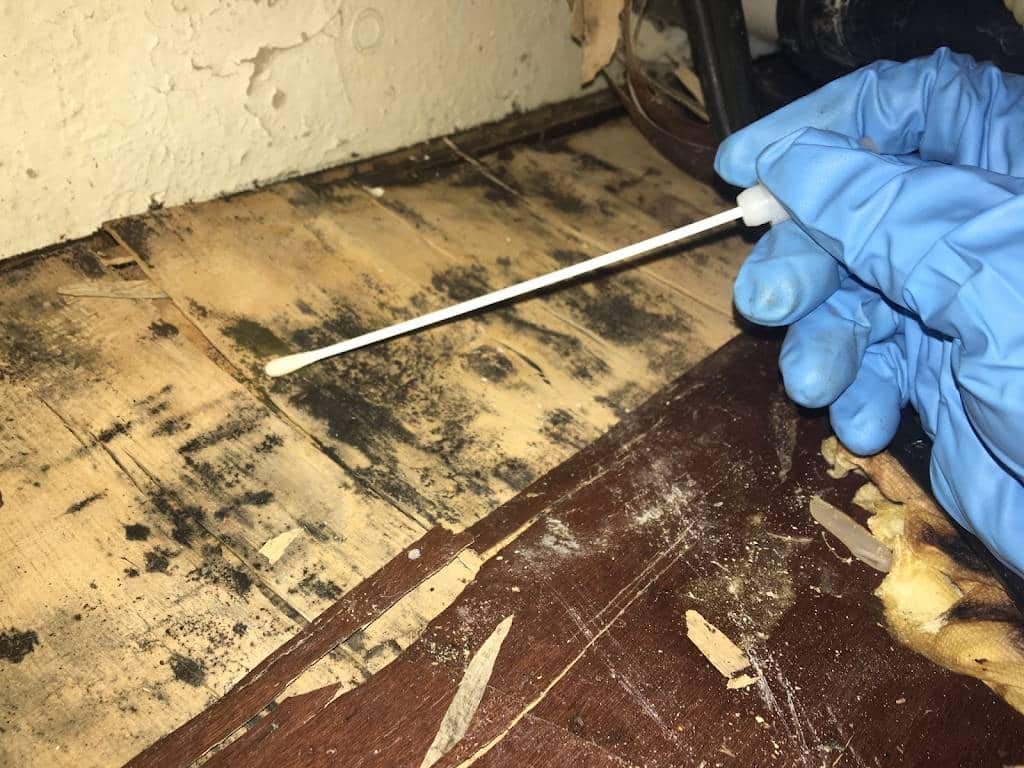Effective Post Mold And Mildew Remediation Solutions for Your Home
Mold development in homes can be a consistent issue, typically requiring an organized technique for efficient post-remediation solutions. From recognizing the elements that add to mold and mildew growth to executing correct cleaning methods and moisture control steps, the procedure can be complex yet essential for preserving a healthy and balanced living setting. In addition, exploring natural removal services and developing a routine for continuous maintenance are crucial components of a thorough mold remediation strategy. As property owners aim to address mold and mildew issues, finding one of the most reliable services ends up being vital for the health of their homes.
Comprehending Mold Development Elements
The key element contributing to mold and mildew growth is moisture. Mold spores call for dampness to thrive and sprout, making wet or humid atmospheres highly vulnerable to mold and mildew invasions.

Additionally, air movement and light exposure can affect mold and mildew development. Areas that lack correct air flow and all-natural light are more susceptible to mold growth. By resolving these factors comprehensively, individuals can successfully alleviate mold and mildew development and protect their living atmospheres.
Appropriate Mold And Mildew Cleaning Strategies
Making use of effective cleaning approaches is necessary in preventing the reoccurrence and resolving of mold and mildew contamination in indoor atmospheres. The first action in proper mold cleaning is to consist of the damaged area to prevent the spread of spores to unpolluted locations.

Implementing Wetness Control Measures
To properly protect against mold and mildew growth see this page and contamination in indoor atmospheres, executing dampness control measures is vital. In addition, guaranteeing proper air flow in locations prone to moisture accumulation, such as bathrooms and cooking areas, can assist reduce the danger of mold growth. By carefully executing these moisture control measures, property owners can efficiently lower the likelihood of mold recontamination and keep a healthy and balanced indoor environment.
Making Use Of Natural Remediation Solutions
After effectively implementing dampness control steps to stop mold development in indoor settings, property owners can now check out the efficiency of all-natural removal services in preserving a healthy space. All-natural removal solutions use eco-friendly techniques to battle mold and mildew and mildew, making them a preferred option for those looking for non-toxic options. One such solution is using vinegar, an all-natural antimicrobial representative, to tidy and disinfect surface areas contaminated by mold. Just weaken vinegar with water and spray it onto the affected locations, enabling it to rest for a couple of hours before wiping clean. Furthermore, tea tree oil, known for its antifungal residential or commercial properties, can be blended with water and splashed onto mold-infested surface areas to inhibit further growth. One more all-natural alternative is hydrogen peroxide, which can successfully eliminate mold on different surfaces without leaving hazardous deposits behind. By integrating these natural removal options right into their cleansing routines, homeowners can successfully deal with mold development while promoting a healthier interior atmosphere on their own and their family members.

Maintaining a Mold-Free Environment
Routinely evaluating locations vulnerable to mold and mildew development, such as shower rooms, cooking areas, attics, and basements, is critical. Correct air flow in locations with high moisture degrees is likewise this content essential to stopping mold growth.
Additionally, keeping tidiness in the home is vital for mold and mildew avoidance. Keeping interior plants in check and ensuring correct drain in exterior landscaping can minimize moisture accumulation, reducing the chance of mold invasions.
Conclusion
To conclude, it is important to address mold and mildew development variables, utilize appropriate cleansing techniques, execute wetness control procedures, use natural remediation solutions, and keep a mold-free environment in order to properly manage message mold and mildew remediation in your home - what to do after mold remediation. By complying with these techniques, you can protect against mold and mildew from reoccuring and guarantee a healthy living environment for you and your family members
The key element contributing to mold growth is moisture. Mold and mildew spores require moisture to prosper and sprout, making wet or damp atmospheres very prone to mold problems.To efficiently avoid mold growth and contamination in interior environments, executing dampness control measures is paramount. Furthermore, ensuring correct air flow in locations vulnerable to moisture build-up, such as kitchens and bathrooms, can help reduce the threat of mold growth.After effectively applying wetness control actions to stop mold development in interior settings, house owners can now explore the efficiency of natural removal find out here solutions in maintaining a healthy living space.